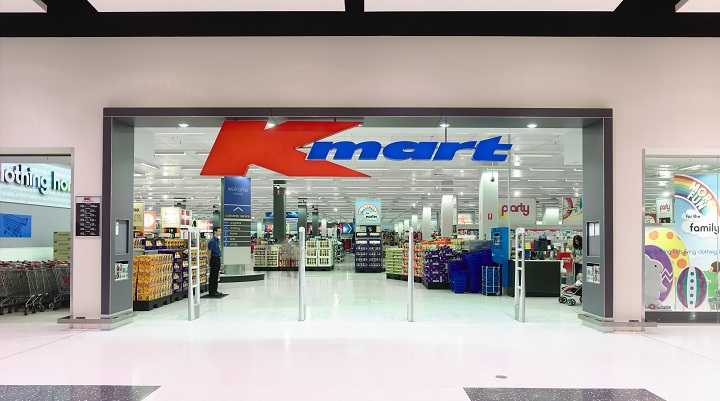Kmart recently announced that it was dropping prices for over 1,000 items in order to address the growing cost of living challenges and reduce the financial strain on customers. The move follows a range of other brands, including Ikea and Woolworths, which have announced price reductions in recent months in order to provide some relief for customers. It also comes as Kmart and Target – both owned by parent company Wesfarmers – merge their back-end operations. According to Wesfarmers, the mov
he move is part of a strategy to reduce costs and pass on more value to customers. However, Target – which has faced challenges in recent years – is a likely beneficiary of the consolidation.
The price cuts cover product lines including homewares, beauty, toys, entertainment, kids apparel and more, and are reported to be implemented on a permanent, rather than temporary, basis.
Kmart’s CEO John Gualtieri told Inside Retail that the decision followed an extensive review to see how the brand could reduce prices on current and future ranges. He believes that cost savings can make a “remarkable difference” to households.
“The products that were chosen [for] price dropped were carefully selected by our buying team to ensure they covered a wide variety of areas and categories,” he said.
“Customers are at the heart of everything we do, and so we hope that dropping price[s] provides even marginal relief to the lives of our community.”
How Kmart is reducing prices
Gualtieri explained that Kmart has leveraged its design, scale and sourcing capacity – and is using technological advancements – to implement the price reductions.
He said that the brand designs its own product – such as its Anko brand, which recently expanded overseas – and can scale in volume through its direct global sourcing partners.
He added that its 3D digital product design – which allows Kmart’s designers to animate 360-degree views of its products, and see important details, including how its fabrics hang, move and look in different sizes – is just one tool that the company has used to enhance its production efficiency.
This tool removes the need for Kmart to send physical samples across the world, which in turn reduces lead time and wastage.
“As well as improving our product development process, the [3D digital product design] can also have great benefits for customers,” he said.
“It provides access to more detailed fit and sizing information, analytics that allow us to improve our designs, and one day even the ability to browse digital avatars rather than 2D product photos.”
Exploring new technologies
Kmart is currently in a black-out period ahead of Wesfarmers’ FY2023 results, with the parent company expected to release results in late August.
However, Gualtieri has observed a shift in customer purchasing habits, with people prioritising essentials, and cutting back on nice-to-haves. He believes that customers should be able to access good quality products and not have to give up on items that they want – even when facing financial stress.
He added that Kmart has been “welcoming more customers than ever before,” with its price reductions enabling more people to purchase discretionary goods.
“[We’re] continuing to explore new technologies that improve our in-store customer experience, deliver operational efficiencies and [drive] even greater value for customers,” he said.
“We are always driven towards making our stores even simpler to run, giving our customers an even better place to shop and our team an even better place to work.”
Driving loyalty
In addition to price reductions, Gualtieri believes that value has become an even stronger consideration for customers.
Investment and advisory group Jarden’s head of Australian research, Ben Gilbert, also told Inside Retail that brands should emphasise their value proposition – rather than just focusing on price – to capture consumer spending.
“Consumers are increasingly wanting more for less, so it’s important to surprise and engage with them in order to drive loyalty,” Gilbert said.

